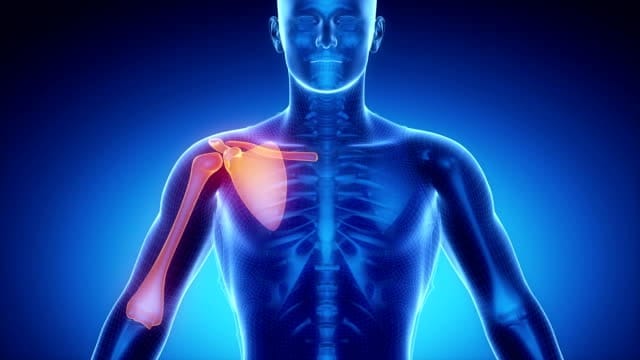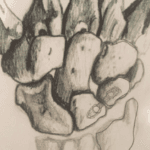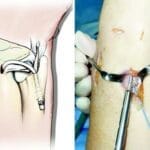A clavicle fracture, commonly known as a collarbone break, is a prevalent shoulder injury, constituting about 5% of all adult fractures. This injury typically results from a fall onto the shoulder or an outstretched arm, causing the bone to snap or break due to the pressure.
Causes and Symptoms of Clavicle Fracture
Clavicle fractures often occur from direct blows to the shoulder, falls, or accidents like car collisions. Newborns can also suffer from this fracture during birth. Symptoms include severe pain, difficulty moving the arm, shoulder sagging, grinding sensations, deformities or bumps over the break, and bruising or swelling.
Diagnosis and Examination
To diagnose a clavicle fracture, a thorough examination by Prof Imam is necessary. The presence of a visible deformity or bump at the fracture site, pain upon gentle pressure, and potential skin tenting are common indicators. Imaging studies, primarily X-rays, are used to locate the fracture and assess its severity. A CT scan may be ordered for more detailed imaging if multiple fractures are suspected.
Treatment Options
Nonsurgical Treatment
If the bone fragments have not significantly displaced, nonsurgical treatments are often sufficient:
- Arm Support: A sling is used for comfort and to keep the arm and shoulder in position.
- Medication: Pain relievers like acetaminophen help manage pain.
- Physiotherapy: Essential to maintain arm motion and prevent stiffness, starting with elbow exercises and gradually incorporating gentle shoulder exercises as healing progresses.
Surgical Treatment
For fractures where bone fragments have significantly shifted, surgery might be recommended:
- Open Reduction and Internal Fixation: This procedure involves repositioning the bone fragments and securing them with plates and screws or pins.
- Rehabilitation: Post-surgery, specific exercises are prescribed to restore movement and strengthen the shoulder, often starting with gentle motions and progressing to strengthening exercises.
Complications and Follow-up
Regular follow-ups with Prof Imam ensure proper healing. Complications such as non-union, malunion, or irritation from hardware are monitored. Some patients might experience a permanent bump over the fracture site, which generally diminishes over time.
Risks of Surgical Treatment
Surgery carries risks including infection, bleeding, wound healing issues, pain, blood clots, and potential damage to nerves or blood vessels. Patients who smoke, have diabetes, or are elderly face higher risks of complications.
Recovery and Outcome
Healing typically takes several months, with most individuals resuming normal activities within three months. Strict adherence to the physiotherapy plan and Prof Imam’s guidelines is crucial for a complete recovery and safe return to sports and other activities.
Questions for Prof Imam
- When can I start using my arm?
- When can I return to work?
- Are there specific risks associated with my recovery?
- What are the risks and benefits of surgical vs. nonsurgical treatment?





